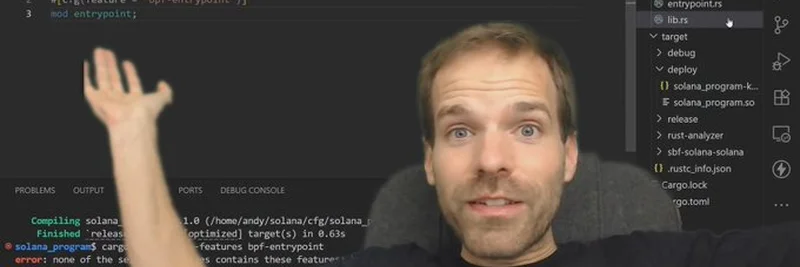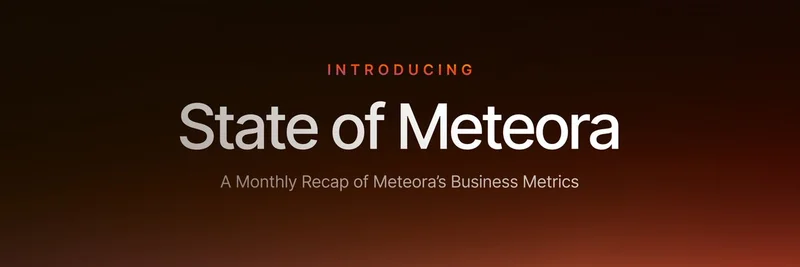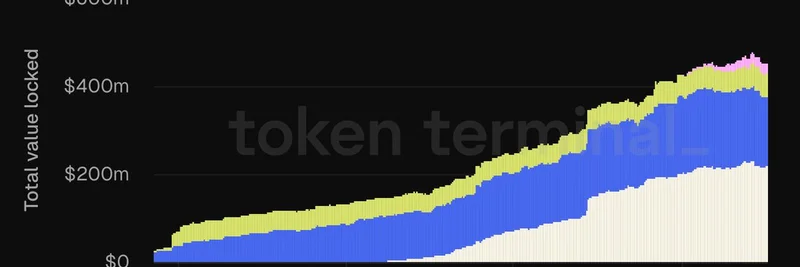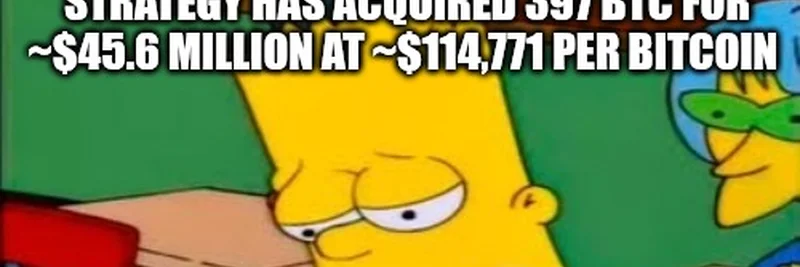If you’ve ever dipped your toes into blockchain development, especially with Solana, you’ve probably heard about Rust and its powerful tools. One such tool that’s a game-changer for developers is the cfg attribute in Rust. Recently, Solandy (@HeyAndyS) shared an insightful thread on X about mastering cfg for Solana development, and it’s packed with value for both beginners and seasoned coders. Let’s break it down and explore why this matters!
What Is cfg in Rust?
Think of cfg (short for "configuration") as a magic switch in Rust that lets you control which parts of your code get compiled based on certain conditions. It’s like telling your program, “Hey, only run this if we’re targeting Solana’s environment!” This is super useful when you’re building programs that need to adapt to different setups or platforms.
In the tweet, Solandy highlights a specific use case: #[cfg(feature = "bpf-entrypoint")]. This line tells the Rust compiler to include the entrypoint module only when the bpf-entrypoint feature is enabled. But what does that mean? Let’s dig deeper.
Connecting cfg to Solana Development
Solana programs are often written in Rust, and they run on a unique virtual machine called the Berkeley Packet Filter (BPF). To make your code compatible with Solana’s BPF environment, you need to enable specific features like bpf-entrypoint. This is where Cargo—Rust’s build tool and package manager—comes into play. By using cargo build --features "bpf-entrypoint", you activate this feature, and the compiler knows to include the necessary code.
Solandy’s video (linked in the thread) walks you through this process step-by-step. You’ll see a code editor with the solana_program crate open, and the output shows the project compiling with the bpf-entrypoint feature enabled. It’s a hands-on way to see how cfg ties into real-world Solana development.
Why Should Blockchain Developers Care?
If you’re building on Solana, understanding cfg and Cargo features is a must. Here’s why:
- Flexibility: You can write code that works in multiple environments (e.g., testing locally vs. deploying on Solana).
- Optimization: Only the code you need gets compiled, keeping your programs lean and efficient.
- Learning Curve: Mastering these tools gives you a solid foundation for tackling more complex Solana projects.
The thread also tags the Rust and Solana developer communities (@rustlang, @solana_devs), showing how this topic resonates with experts in the field. It’s a great sign that you’re tapping into a supportive network!
How to Get Started
Ready to try this yourself? Here’s a quick roadmap:
- Set Up Rust: If you haven’t already, install Rust from rust-lang.org.
- Install Solana CLI: Follow the guide on solana.com to get the Solana tools.
- Create a Project: Use
cargo init --libto start a new Rust library project. - Add Features: Edit your
Cargo.tomlto define features, then use#[cfg(feature = "...")]in your code. - Watch the Video: Check out Solandy’s full tutorial here to see it in action.
Final Thoughts
Solandy’s thread is a goldmine for anyone looking to level up their Solana development skills. The combination of clear explanations, practical examples, and a video tutorial makes it accessible yet deep. Whether you’re a meme token enthusiast or a serious blockchain practitioner, understanding tools like cfg can set you apart. So, grab a coffee, dive into the video, and start experimenting with your next Solana project!
Got questions? Drop them in the comments, and let’s build the future of blockchain together!




